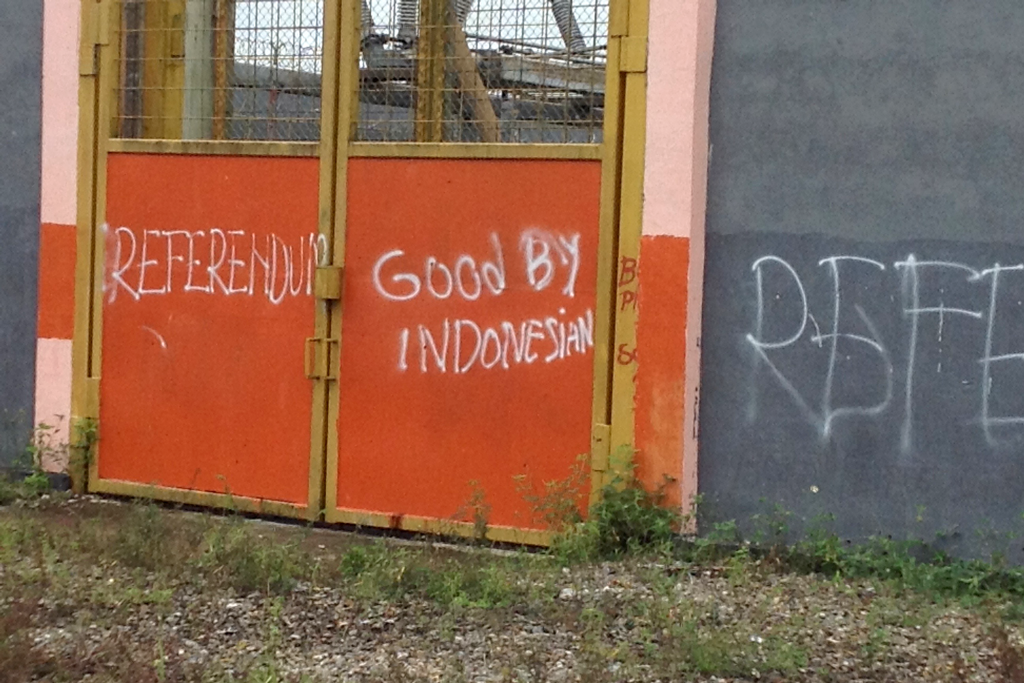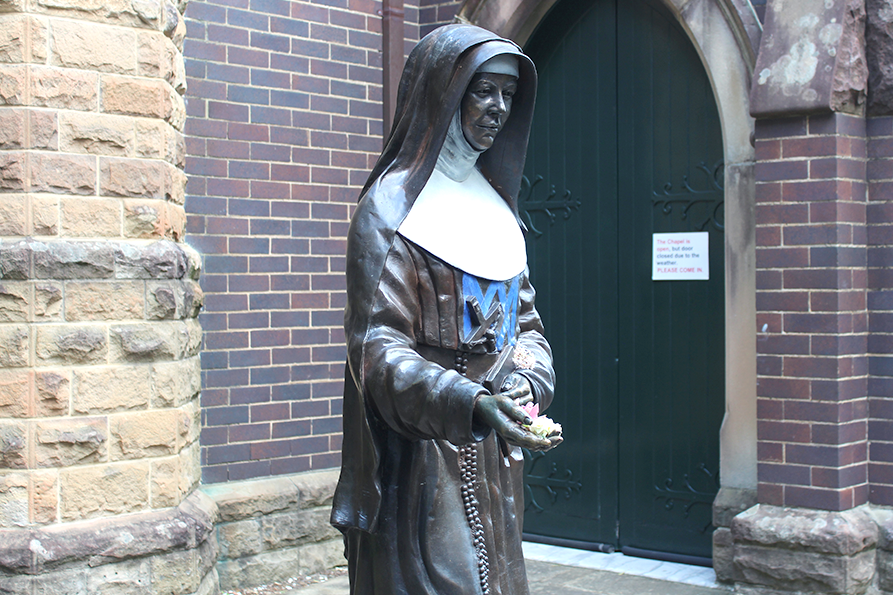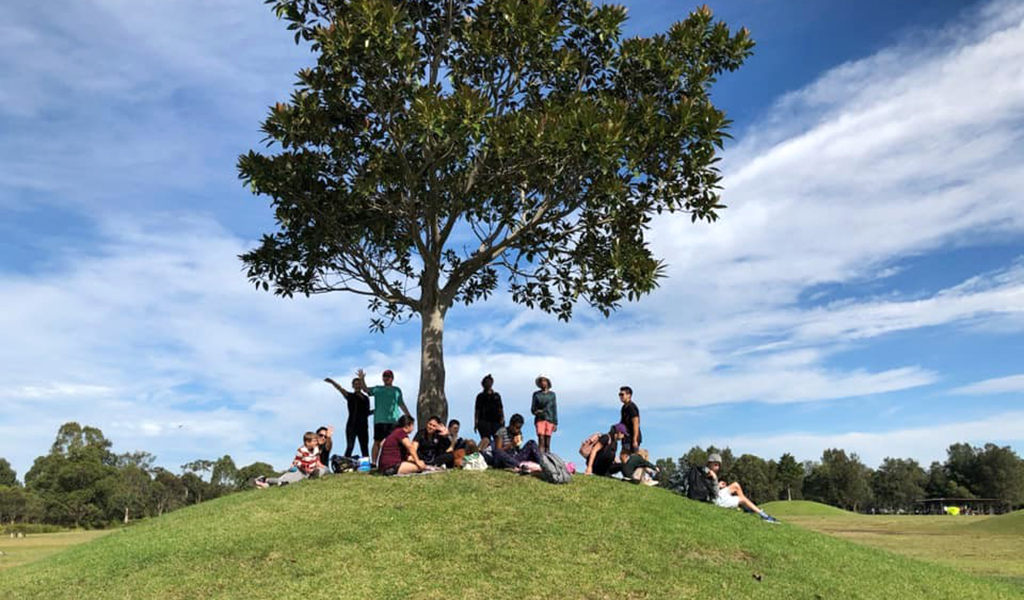More Than Migrants
December 8, 2021
This year’s International Migrants Day on 18 December comes at a critical moment in the history of our country and world.
There is no doubt that COVID-19 has forced us, across all areas of our lives, to reconsider who we are and where we stand. It has surely been a momentous year for us, both as Australians and as Christians.
West Papua: Rights Ignored, Voices Silenced

It’s Human Rights Day 2021 and the people of West Papua still find little attention in Australia.
When hearing the phrase “West Papua”, many people think immediately of Papua New Guinea, not realising that the Papuan provinces are considered to be part of Indonesia since the so-called 1969 “Act of Free Choice”.
Christmas from Mary MacKillop

While Covid continues to swirl around Australia, and its relative Omicron has joined in the spoiling, Australians are gaining new freedoms in time for Christmas. Borders are opening and we will be able to travel again. Families are planning to be with loved ones who have been apart for over two years.
The End of the Year of St Joseph

What a wonderful collection of reflections we have had on Saint Joseph to mark the 150th year of St Joseph being declared Patron of the Universal Church. Launched on 8 December 2020, this special year concludes on 8 December 2021.
A highlight of this year for us as the Sisters of Saint Joseph, was to receive a special greeting from Pope Francis.
Father Julian Tenison Woods – Migrants and Refugees
Pope Francis meets refugees in Lesbos, Greece 2021 (Vatican Media)
Father Julian Tenison Woods understood the plight of the refugee.
Strange as it may seem, many of the early immigrants to Australia were what we might call ‘forced refugees’. As criminals exported to the new colony in the eastern states, they came against their will, leaving the country of their birth and settling in a new land. The schools which Father Julian and the early sisters established were often catering for the children of these parents and other migrants. In poverty they struggled to feed, clothe and educate their children and grandchildren – much as refugees do today.
16 days of Activism for the Elimination of Violence Against Women
November 30, 2021
2021 marks the 30th anniversary of the 16 days of Activism Against Gender-Based Violence campaign.
We all know that human trafficking and modern slavery happens here in Australia and the International Day for the Elimination of Violence Against Women (25 November) begins 16 days of prayer and action, concluding on Human Rights Day (10 December) to raise awareness of the violence that is happening in this country and across the world.
The Gift of Sacred Scripture for all Christians
November 25, 2021
Sacred Scripture is a gift to all denominations of the Christian religion. We know that one of the key elements uniting us as Christians is the scriptures. All Christians are, in different ways, “people of the book”.
St Anthony’s Family Care: Supporting Persons with Disabilities

St Anthony’s Family Care (SAFC) provides a range of individual, group and accommodation services for children and young adults with disabilities.
We support participants in Sydney’s inner west by offering school holiday programs, community access trips and in-home care, supporting people who have a range of moderate to complex support needs.
